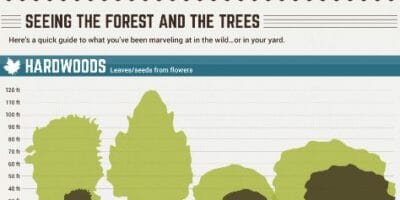Determining The Correct Time For Tree Removal - An Overview For Homeowners
Determining The Correct Time For Tree Removal - An Overview For Homeowners
Blog Article
Web Content Author-Mcmahon Abrahamsen
Trees include elegance and worth to home, yet they can additionally pose a threat during severe weather condition events. If a tree has actually stopped expanding, is displaying visible fungal development, or has a leaning trunk, it must be gotten rid of by a professional to prevent home damages and injury.
To read more, attend a homeowner source fair co-hosted by HPD, the Center for New York City Neighborhoods, and Brooklyn-based housing companions this night in Bedford-Stuyvesant. The event will certainly include the Homeowner Handbook, a brand-new overview to help homeowners browse the responsibilities of owning a home.
1. link webpage or Dying Branches
Trees are an essential part of your home's landscape, using color and appeal. They additionally provide shelter for wildlife and create oxygen, yet also healthy trees can experience illness that might necessitate their elimination. Dead or dying trees aren't just unattractive, they can be unsafe. Their branches can drop during a storm, causing pricey home damages and injuries.
When a tree's branches begin to pass away, it means that its framework is beginning to break down. If the majority of its branches are dead, it is most likely time to remove it.
Look for an absence of new growth, bark peeling, open wounds or tooth cavities, fungis expanding on the trunk or roots and a basic appearance of decay in the whole cover. These indicators of infection can show a severe problem that will need expert tree solutions to fix.
2. Leaning Trunk
While it's typical for trees to lean periodically as a result of phototropism, if a tree has an unsafe or extreme lean that's not as a result of natural processes - it could be an indication that the tree requires to be gotten rid of. If the tree is favoring a power line, home, vehicle, play structure or any other area that could be harmful to individuals if it falls, after that speaking to an expert tree solution for elimination ought to be a top priority.
It's additionally crucial to look for any type of sudden changes in a tree's leaning as it can suggest damages to the roots or trunk that may result in dropping. This is particularly real throughout stormy weather, since high winds and rain-soaked soil can cause a lean to change quickly. https://www.startribune.com/hgtv-star-will-talk-landscaping-at-home-amp-patio-show/567664532/ , particularly during and after tornados can assist homeowners identify potential troubles with their trees so they can call an arborist for a thorough analysis.
3. Pest Infestation
Some pest problems, such as wood-boring pests like emerald ash borer or sap-suckers like range pests, are so extreme that they can cause a tree to die. The most effective means to prevent pest problem is to monitor your trees on a regular basis. Search for areas, openings, or stainings in the leaves and bark. Analyze the trunk for splits and indications of insect damage, such as passages or tracks.
If a tree ends up being too ravaged with parasites, or is close to a home or power lines, an arborist might suggest removal. If a leaning tree creates a new, unstable lean, an arborist will likely advise removal too to ensure the safety of people and building. If a weakened or dead tree continually loses extreme branches, it is an indicator that it is time to remove the tree. If a tree remains to drop branches for a prolonged time period, it can cause structural troubles and prospective residential or commercial property damages.
4. Harmed Trunk
Trees are an attractive and important part of our landscape, but they do require normal care to keep them healthy and balanced and secure. If a tree is harmed irreparable it is likely time for it to find down.
Try to find signs of damage to the trunk, including vertical splits, seams, dead branch stubs, visible injuries or open dental caries and extreme tree-rot. The presence of fungi at the base of the trunk is an additional warning sign. Fungi may show that the phloem and xylem (life-support cells) are jeopardized, enabling the spread of disease or a future failure.
Also, think about whether the tree has quit growing. Healthy trees will certainly have brand-new growth every year, which may show up as buds or branches growing and extending. If you don't see any new development, it's a good concept to have an arborist assess the tree and follow their suggestion for removal. A dying or harmed tree can fall and trigger building damage.